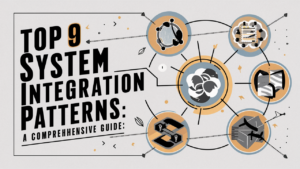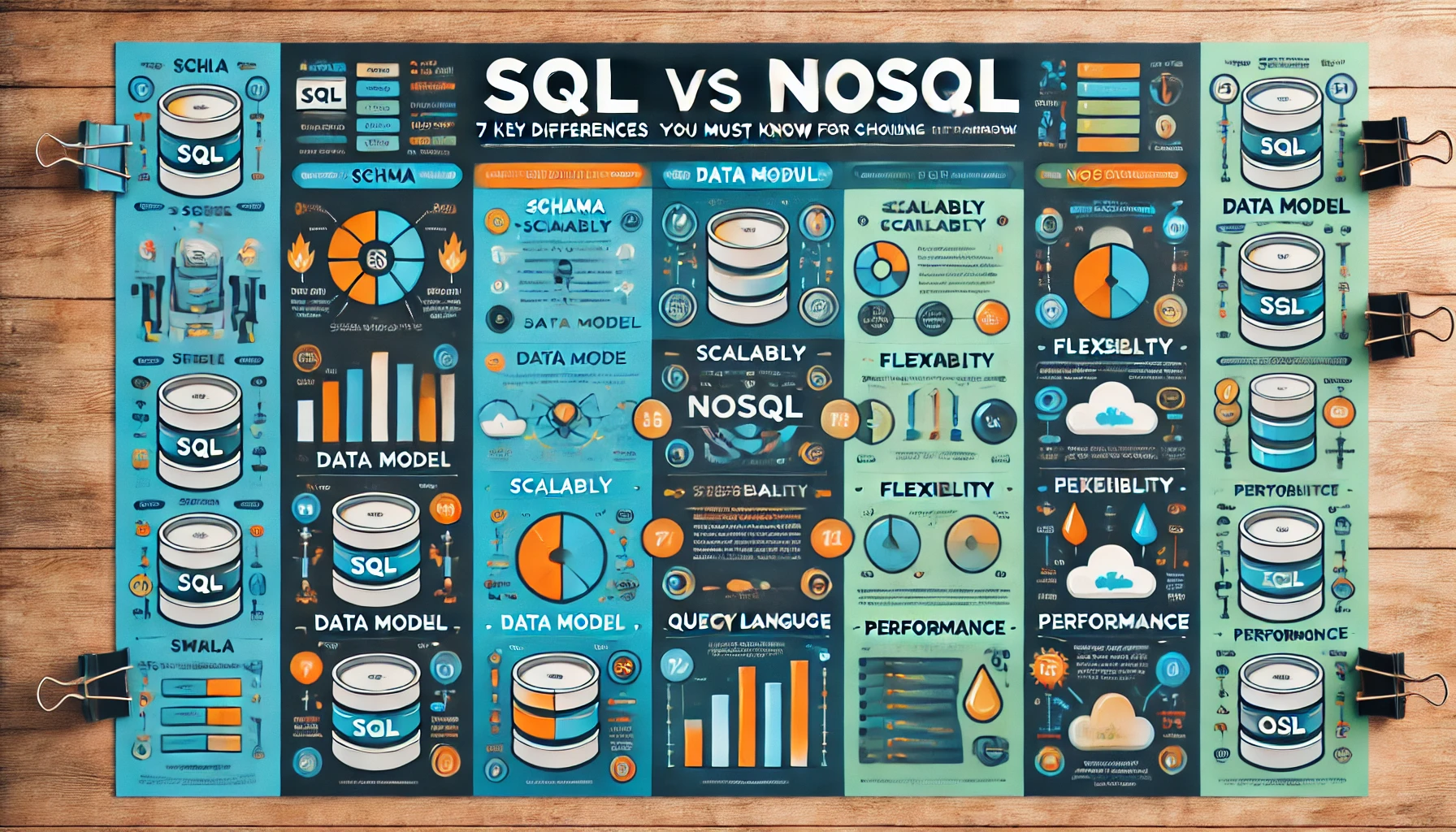Servers are the backbone of modern internet infrastructure, supporting everything from website hosting to email delivery. As businesses and individuals rely more on web technologies, understanding the basic server types is essential. In this guide, we’ll break down six common server types—origin, proxy, mail, web, DNS, and more—and explain their distinct roles in maintaining the seamless operation of internet services.
Types of Servers and Their Key Roles
In modern computing, servers come in different forms, each specializing in a distinct function, ensuring data is delivered effectively and securely. Let’s dive into the primary types of servers you are likely to encounter.
1. Origin Server: The Content Source
An origin server is the backbone of most web applications and websites. It stores and delivers the content that users request, such as HTML pages, images, and media files.
Function: Listens for incoming internet requests, often through HTTP or HTTPS protocols. When a user accesses a website, the origin server is responsible for serving the requested files.
Usage: These servers are commonly used in conjunction with edge or caching servers, ensuring faster response times for global users by offloading traffic.
Scalability: If the origin server cannot handle a large volume of requests, it will offload them to caching servers or content delivery networks (CDNs) to balance the load.
Example Use Case: When you access a website, the content you see is often pulled directly from the origin server, unless a cache or CDN is in place.
2. Proxy Server: The Middleman
A proxy server acts as an intermediary between the client (such as a web browser) and the origin server. It serves several purposes, including enhanced security, load balancing, and content filtering.
Function: Facilitates the communication between clients and origin servers, helping with security and cache services. Proxies can hide the origin server’s location or ensure certain content restrictions are upheld.
Security: Many companies use proxies to mask internal server locations, adding an extra layer of security to their internal systems.
Additional Features: Proxies are often used to cache content, reducing the strain on origin servers by serving frequently requested files.
Example Use Case: Companies may deploy proxy servers to prevent users from accessing restricted websites or to streamline internal communications.
3. Mail Server: Managing Email Traffic
A mail server is designed to handle the sending and receiving of emails. It manages communication between email clients (like Gmail or Outlook) and ensures that messages are properly routed.
Function: Controls the flow of emails between users. It receives, stores, and forwards emails to their designated recipients.
Components: There are two main types of mail servers: incoming mail servers (POP3 or IMAP) and outgoing mail servers (SMTP). Each type serves a specific purpose within the email delivery process.
Security: Mail servers often come equipped with anti-spam and anti-malware features to ensure the secure delivery of messages.
Example Use Case: When you send an email, the mail server forwards it to the recipient’s mail server, which in turn delivers it to their inbox.
4. Web Server: Hosting the Internet
A web server is what most users interact with when browsing the internet. It delivers web content—such as HTML files, images, and media—to web browsers, ensuring that users can access websites quickly and efficiently.
Function: Processes HTTP requests and serves the requested files (web pages, images, videos) to the client’s browser.
Additional Features: Web servers often store and protect sensitive data while providing dynamic content through integration with server-side applications like PHP or Node.js.
Scalability: Many websites use clusters of web servers or content delivery networks (CDNs) to handle high traffic volumes.
Example Use Case: When you visit a website, the web server sends the requested content to your browser, allowing you to view the page.
5. DNS Server: The Internet’s Address Book
A DNS (Domain Name System) server is crucial for translating human-readable domain names (like http://www.example.com ) into IP addresses that computers use to locate servers.
Function: Acts as a phone book for the internet by converting domain names into IP addresses, enabling the routing of requests to the correct servers.
Types: DNS servers include root servers, authoritative name servers, and resolver servers, each handling different stages of the domain name resolution process.
Security Considerations: DNS servers can be targeted by cyber-attacks, making DNS security (DNSSEC) a critical aspect of modern web security.
Example Use Case: When you type a website address into your browser, a DNS server translates that domain name into an IP address, directing your request to the correct web server.
Conclusion : Understanding the Different Types of Servers and Their Roles in Web Infrastructure
Understanding the different types of servers is key to grasping how web infrastructure works. From the origin server, which stores website content, to the DNS server, which ensures users can find your site, each server type plays a critical role in making sure the internet functions smoothly. With the rapid growth of online services, knowing how these servers interact helps businesses and IT professionals optimize performance and ensure security.
Incorporating the right server solutions for your business needs can not only enhance security but also improve load times and user experiences. By leveraging proxy servers for security, mail servers for communication, and web servers for content delivery, you can build a solid foundation for your online presence.

























